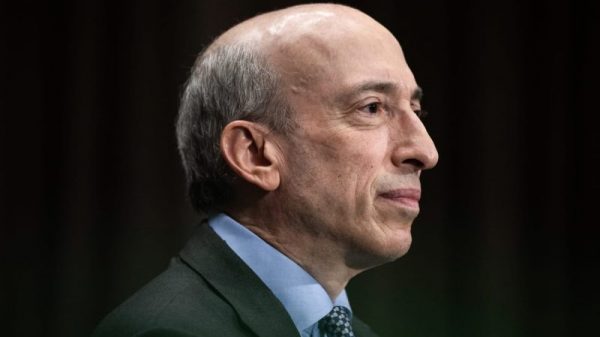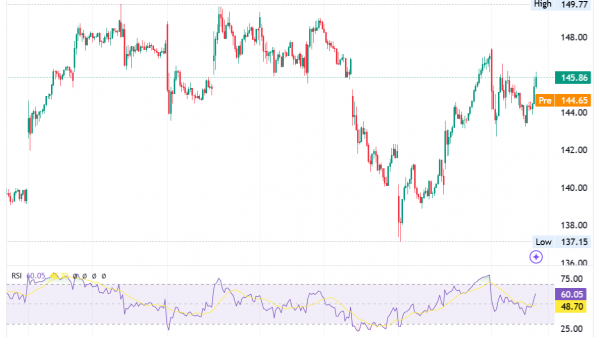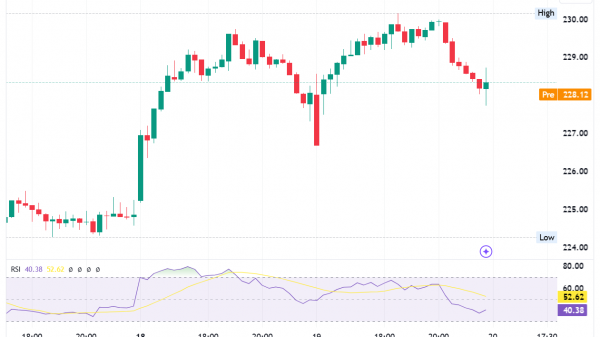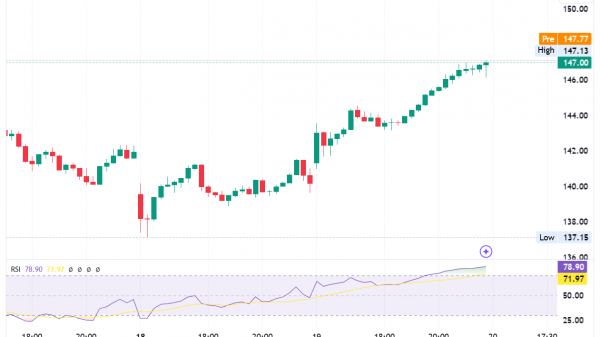The math seemed impossible, but numbers don’t lie — it was less expensive for Julie Kelley to send her 9-year-old son to seven different summer camps in three states than to enroll him in one full-time program in Vermont, where they live.
Summer vacation lasts 10 weeks for the Kelleys. And it will cost Kelley and her husband Richard about $2,000 for their only child.
When Kelley searched for full-time, five-day summer camps near Saint Johnsbury, Vermont, where her family lives, she says she couldn’t find any options. Other full-time camps in Burlington, Vermont, about a two-hour drive from their house, cost $400 per week.
By the time school starts in August, Kelley’s son will have attended day camps in Vermont, New Hampshire and Minnesota, where they’ll stay with relatives. All the camps cost between $150 and $400 per week.
“It sounds insane, but those were the best options within our budget, even planning months in advance,” the 50-year-old mom tells CNBC Make It. The local day camp they used last summer closed because of staffing shortages.
Kelley, a communications consultant who works from home full time, says she and her husband are spending “more than double” what they did last year on other child-care arrangements.
“Any time I run into other parents in line for coffee or at the park and ask how they’re doing, I see the same sleep-deprived expression reflecting back to me,” she says. “Summer shouldn’t feel this hard.”
American families now spend nearly one-fifth of their income, an average of $800 per month, on child care, the Federal Reserve reports.
The rising cost of child care is not a seasonal issue, but the summer months can be especially challenging for families as schools close and parents are on the hook for day care, sleepaway camps and other expenses.
The average cost of summer camp in the U.S. is about $87 a day, with sleepaway camp tuition at about $173 a day, according to the American Camp Association.
Years marked by inflation and a nationwide child-care crisis mean that families are more cash-strapped than usual.
Summer camp isn’t an option for many households across the U.S. as 40% of parents say that they can’t afford such programs due to a higher cost of living, according to a recent Credit Karma survey of more than 2,000 U.S. adults.
Of those who are sending their children to camp, nearly 30% are going into debt or resorting to buy-now, pay-later options to cover the cost.
A separate report on summer parenting, released in June by the non-profit organization ParentsTogetherAction, found that 59% of parents have someone in their household who had to cut back on hours or leave a job because they can’t afford reliable seasonal child care.
In summers past, both of Margaret McGriff’s daughters, ages 7 and 12, would attend a day camp near their home in Lake Worth, Florida, Mondays through Fridays while she was at work.
“It was the perfect setup,” McGriff, who is a single parent, says. “I’d drop them before driving to the office and pick them up on my way home around 5 p.m.”
This summer looks a lot different. After months of struggling with higher tax, grocery and gas bills, among other necessities, McGriff says she could only afford to send her younger daughter back to camp.
The program costs about $2,000 per child, which means she’ll save $2,000 by keeping her 12-year-old daughter home for the summer.
Margaret McGriff has been bringing her oldest daughter to work with her on Wednesdays in the summer to save on child care. She says having a flexible employer has been a “godsend.”Photo: Margaret McGriff
McGriff, who is a senior content strategist at Labor Finders, a staffing and recruitment firm in Palm Beach Gardens, Florida, had to ask her boss if she could work mostly from home until August, as she couldn’t find a nanny or part-time camp for her eldest daughter within her budget.
Instead of spending three days in-office each week as she normally would, McGriff is commuting once a week between June and August. On Wednesdays, her daughter comes with her to the office.
“I’m super fortunate to have that job flexibility, but it’s still been incredibly challenging to balance parenting and working full time,” McGriff, 42, says. “This is the first summer I haven’t had access to affordable child care. It’s just mentally exhausting.”
McGriff says that, despite the unexpected challenges this summer brought, she and her daughter have grown “even closer” and are finding silver linings in being home together.
Her older daughter has been reading, baking and completing workbooks to kill time while McGriff is at her job. In the evenings and on weekends, McGriff takes her children to museums, parks, the movie theater and other outings to make up for the field trips her oldest daughter is missing from not going to camp.
Natasha Brown works from home as a data annotator from midnight until 8 a.m. five days a week, then clocks into her “second shift” as a working mother to six kids, all off from school and home for the summer.
“It is complete chaos,” Brown, 40, says. “This has been the most stressful summer ever.”
Brown and her husband, Christopher, live in Cumming, Georgia with their children — their youngest child just turned 1, and their oldest is 20 — and two dogs. Christopher also works from home full time as a data manager for a health tech company.
Natasha Brown and her husband, Christopher, opted to keep their six children home (pictured here with five of their children) for the summer and save the money they would have spent on camps for a family vacation in the fall.Photo: Natasha Brown
Last summer, the parents hired a full-time nanny for about $800 per week to watch their four youngest children while they worked. The Browns would also send their children to part-time day camps and one-off activities like cello and singing lessons.
This summer, however, Brown says they’ve been “crushed” by higher child-care costs and had no choice but to keep their children at home. Hiring another full-time nanny would’ve cost the family about $1,800 per week, more than double the amount it cost last year.
“At that rate, almost my entire paycheck, or my husband’s, would be spent on summer child care,” she says. “We want our son and daughters to have a fun summer but we don’t want to blow our savings to make that happen.”
Her two oldest children, who are 16 and 20, have summer jobs, and the younger three — ages 11, 9 and 5 — are taking online classes in French, Spanish, math, ballet and other subjects on the platform Outschool. Classes can cost as little as $10 or upwards of $100 depending on the subject.
Other than that, Brown says she’s tried to keep her children occupied with summer movie marathons and encouraging them to play outside with other children on their street and have sleepovers with their friends.
She and her husband take turns watching their 1-year-old daughter when they’re not working.
Brown estimates that she’s saving at least $3,000 by keeping her children home this summer — money that she’s planning to use toward a family trip to Martha’s Vineyard in September.
“Even if we didn’t get the relaxing summer we hoped for, it’s a short-term sacrifice to ensure that our bills are paid, our children are comfortable and we don’t slip into debt,” she adds. “I still feel blessed to have that option.”

































